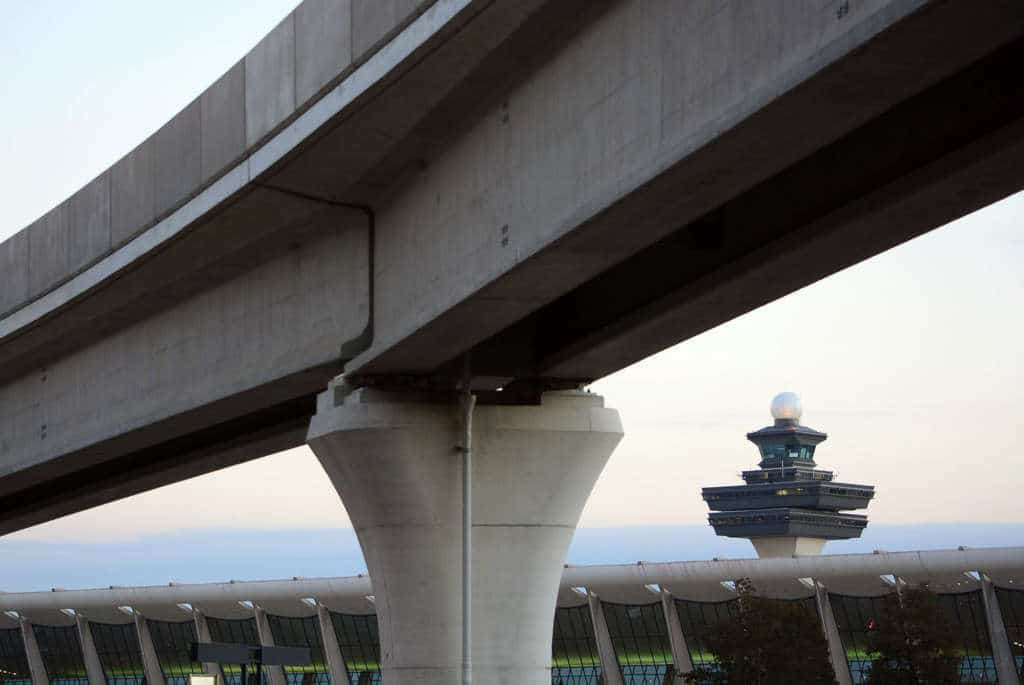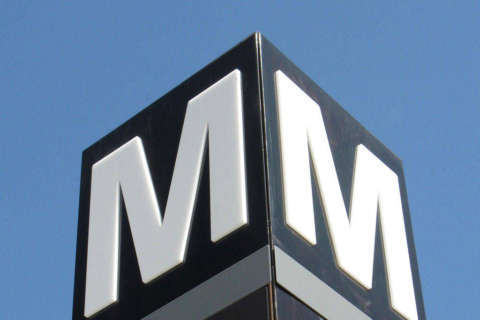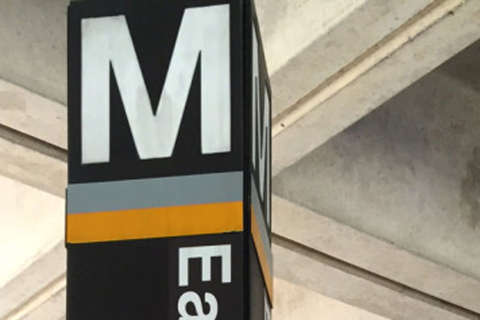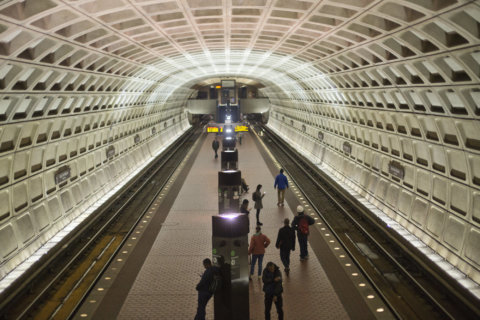
After dire warnings about the status of the Silver Line extension a few months ago, many — but not all — of those involved in getting trains running to Dulles International Airport and Loudoun County now appear more confident that riders will actually be getting on board as soon as next summer.
“We definitely have the path forward on all of these problems and they’re all actively being worked to get us to a quality finish,” Silver Line project head Charles Stark told the Metropolitan Washington Airports Authority Board Wednesday.
The authority is responsible for building the line to Dulles International Airport and Loudoun County. The Metro Board, which will own and operate the line once it is substantially completed, gets an update on Thursday.
Opening date coming
While Metro’s Office of Inspector General still appears to have significant concerns, documents prepared for the Metro Board indicate that Metro management expects to have a general opening date set within the next month or two for the project’s six-station, 11-mile Phase 2.
“Once Metro has established a revenue start date, to begin start up the Metro Board will be requested to amend the [financial year] 2020 budget in January,” the documents said.
Metro did not budget for Silver Line startup costs this year, pending resolution of construction issues. The budget proposal for the year starting next summer is also expected to be adjusted this winter to reflect both a likely opening time frame and the way Metro plans to run service on the line. Metro is considering contracting out operations.
The airports authority remains confident that the line could open next July or August. This summer, they set a target of around July 16, 2020, based on all known issues with the project and likely solutions.
To make that happen, everyone involved is aiming to get the project substantially completed “sometime early in the second quarter,” said airports authority CEO Jack Potter. That would mean sometime around April, which could lead to Metro opening the line to riders sometime in summer or early fall, depending on how testing and training go.
Capital Rail Constructors, the contractor building the stations and main tracks, told authority board members on Wednesday that all sealant issues have been addressed on faulty concrete panels framing stations along the corridor and the panels now pass quality tests.
“We’re 99 percent complete,” Project Director Keith Couch said.
Final steps include finishing installation and troubleshooting of systems and resolving any outstanding issues.
“We’re committed to getting this done,” Couch said.
Metro’s Office of Inspector General is finalizing documentation of the additional sealant work to address initial testing failures on panels that were incorrectly manufactured.
The office is also investigating a number of other problems with the project, including concerns about electrical current at rail joints in the rail yard, concrete panels in the rail yard, some misaligned switches and tracks and possible additional problems with the rock ballast that supports portions of the tracks in the rail yard.
Lingering problems
Reports from Metro, the airports authority and construction contractors indicate that there has been significant progress on a number of issues, but there is not yet agreement on fixes for a few others.
For example, it remains unclear why up to 29 switch areas on the main tracks are out of alignment, but Metro has agreed to lend a special vehicle to the Airports Authority that helps level concrete rail ties into the rock ballast. Capital Rail Constructors had initially tried to fix the issue by sliding in various extra pieces, but Metro worried that would make maintenance difficult or impossible in the future.
“It sounds like there’s certainly some movement,” Airports Authority Board Member Kate Hanley said as she praised the apparent progress.
Repairs to 49 switches in the rail yard have fixed all but two issues there and ballast tests have found what the airports authority describes as only minor issues in eight of the first 63 tests.
The number of crews working on actually building the line at any given time has dramatically dropped off in recent months, as work has wrapped up.
Besides the final fixes and inspections needed, timing for turnover of the main part of the line to Metro to prepare for service are also dependent on additional train testing, programming of the new system into Metro’s control center, Metro installation of fare gates and reaching an agreement for long-term sealant applications on the damaged concrete panels at the rail yard.
There will be 13 scheduled weekend closures of Wiehle-Reston East station between now and March to connect the automatic train control system of the first phase of the Silver Line to the control system for the second phase of the extension.







